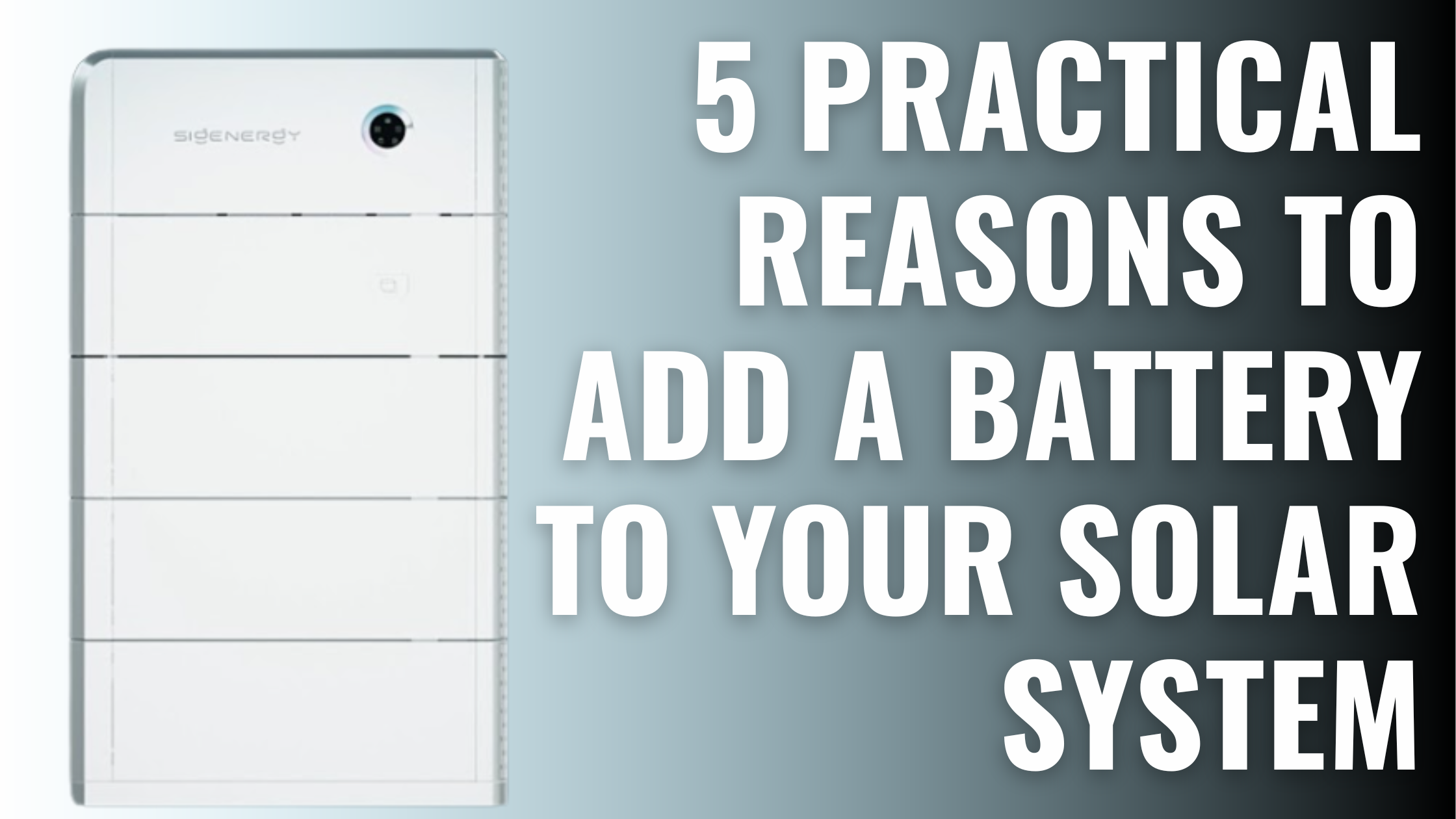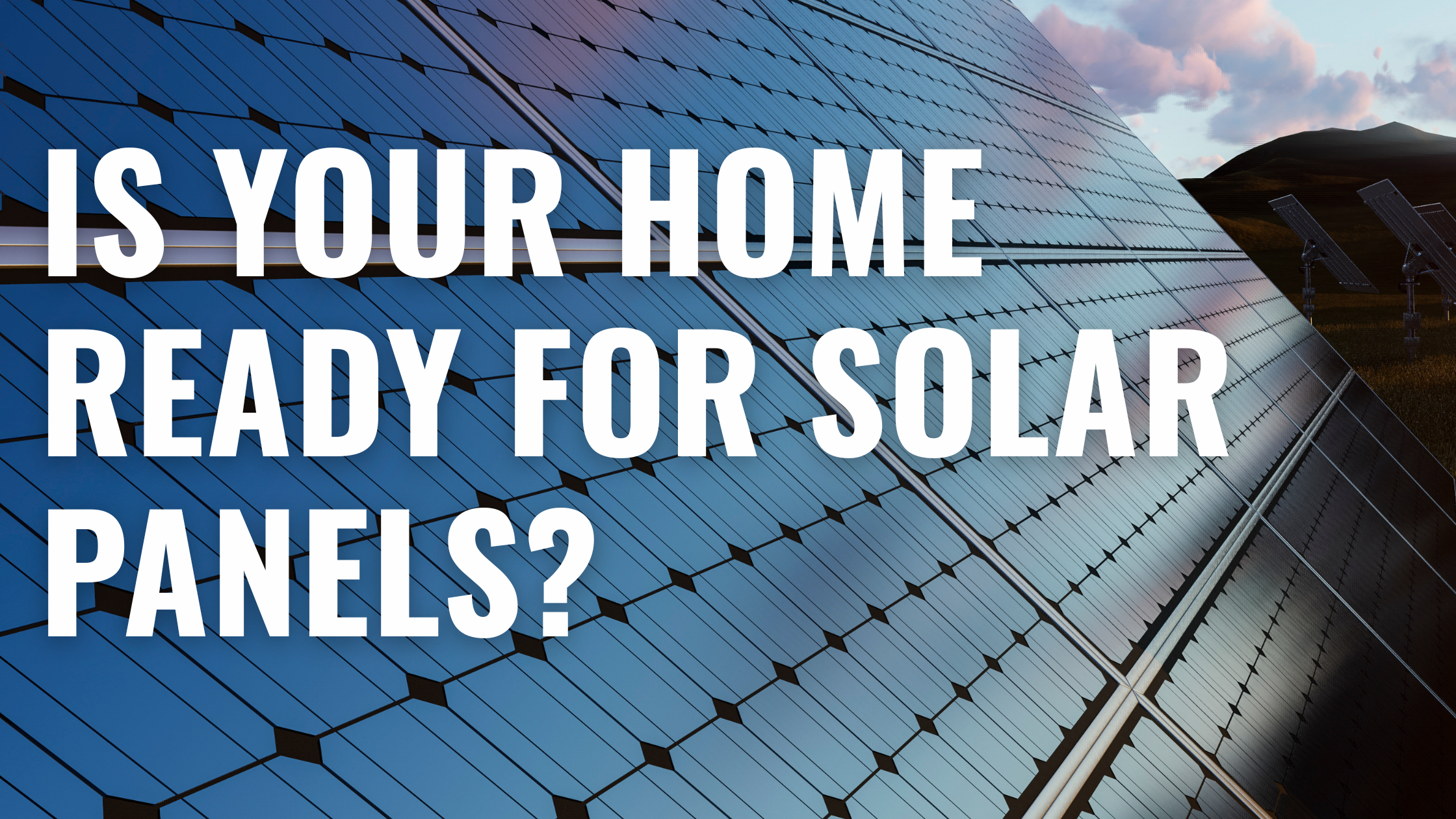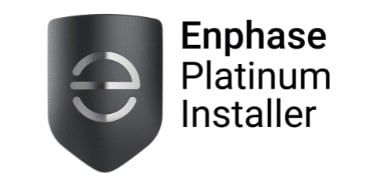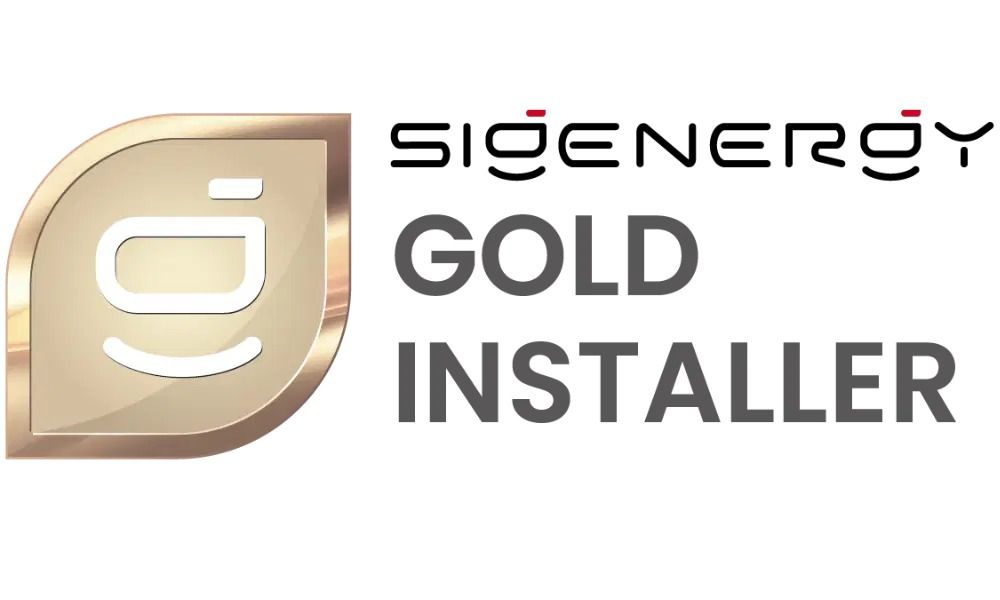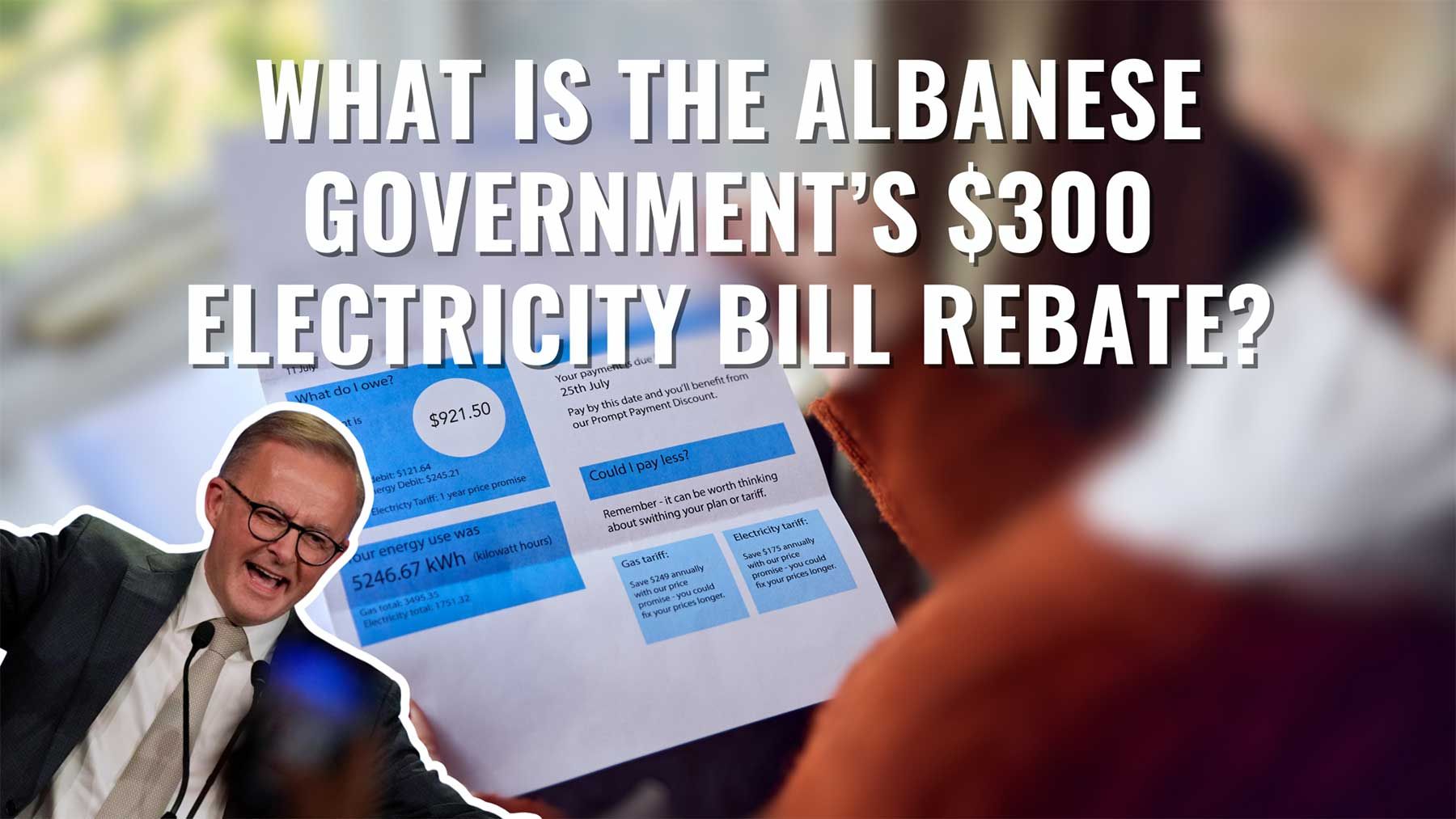
Written by Donna Wentworth
Last Updated: March 18, 2025
What Is the Albanese Government’s $300 Electricity Bill Rebate?
Is the Albanese Government’s $300 Electricity Bill Rebate Really That Impressive?
With energy prices continuing to rise, many Australians were glad to hear about the Albanese Government’s new $300 electricity bill rebate. On the surface, a $300 credit sounds like a welcome relief.
But when you look closer — is it really making a difference?
At Lenergy, while we specialise in solar panel installations, our commitment goes beyond just providing systems. We genuinely care about helping you manage your overall energy consumption through clear, transparent, and practical advice.
In this article, we will explore not only the immediate effects of this rebate but also its role within the broader landscape of Australian energy policy. For those skeptical about the real impact of such rebates or curious about their potential to ease financial burdens, we delve into whether this policy is merely a drop in the ocean.
What is the $300 Electricity Bill Rebate?
As electricity prices continue to climb, the Albanese Government has introduced a $300 electricity bill rebate to provide some financial relief to Australian households and small businesses.
Here’s exactly what’s included:
Eligibility
- Every household in Australia is eligible, not just those receiving government assistance.
How Will the Rebate Be Applied?
Unlike a direct payment, the $300 rebate will appear as a credit on electricity bills, ensuring it directly offsets ongoing energy costs. Here’s how it will be implemented:
- Automatic Application: The rebate is automatically applied to your electricity bills — no need to apply, fill out forms, or jump through hoops.
- The total rebate amount is $300 spread over the financial year, starting July 1, 2024.
- Timing of the credit: It won’t appear as a single lump sum. Instead, it’ll be split across multiple bills, likely as two $150 credits or four $75 credits, with the potential to extend into 2025.
This measure is part of the government’s broader cost-of-living support package. But, while it sounds appealing at first, how much of a difference will it actually make in the bigger picture?

How Much Will This Actually Help?
The immediate benefit is clear: the rebate will decrease the amount paid out-of-pocket for electricity bills temporarily. It provides a momentary buffer for reallocating funds to other necessities such as groceries or healthcare.
However, the long-term view is more complex. A $300 rebate does little to address the underlying issues that are driving up electricity prices, like supply challenges or rising production costs.
Let’s break down the numbers to get some perspective:
- The average annual electricity bill in NSW is around $2,500 (and rising).
- A $300 rebate covers about 12% of that yearly cost.
So, over the year, you’re still paying around $2,200 out of pocket.
What Does This Mean for Your Budget?
In the short term, it will feel like a small win:
- Your electricity bill will be slightly lower each quarter.
- You might redirect those few saved dollars to essentials like groceries, fuel, or healthcare.
However, the rebate won’t stop future bill increases. You’ll still be exposed to:
- Rising wholesale electricity costs.
- Increased network fees.
- Potential supply issues, which can cause price spikes.
It’s a temporary band-aid, not a long-term fix. For a truly effective financial strategy, households might need to look beyond short-term relief to solutions like enhancing energy efficiency or considering renewable energy options.
Who Actually Benefits the Most?
Unlike some past rebates that targeted only concession card holders or low-income families, this rebate is designed to cover all households, as well as some small businesses.
This broader eligibility makes it more inclusive — but it also means the financial relief is spread thin.
For higher-usage households or businesses, where electricity bills can exceed $3,000 to $5,000 annually, a $300 rebate barely makes a dent. For smaller households, it might feel more noticeable, but either way, it’s not addressing the root causes of high energy costs.
The Short-Term vs. Long-Term Impact
Short-Term:
- Immediate reduction on your bill. You’ll likely see smaller bills over the next 12 months.
- No paperwork required. The rebate is automatically credited.
- Temporary breathing room. It might slightly ease pressure on tight budgets for a few months.
Long-Term:
Here’s where the rebate shows its limitations:
- It doesn’t prevent electricity prices from continuing to rise year after year.
- It offers no strategy for future-proofing your energy costs.
- It’s reactive, not proactive. It helps now but leaves you vulnerable in the years to come.
If you’re tired of unpredictable energy bills and want true control over your energy expenses, it’s clear that rebates like this won’t get you there.
What’s the Bottom Line?
The Albanese Government’s $300 electricity bill rebate is a helpful short-term measure, but it’s not a solution to the bigger issue of rising energy costs.
The problem with these quick fixes is that they don’t offer a long-term solution or help you take real control of your energy costs.
A better option is to look at long-term strategies, like financing a solar panel system. With affordable payments — starting from just $53 every two weeks for a 6.6kW system — you can reduce or even eliminate your electricity bills. This not only gives you instant savings but also allows you to plan ahead, knowing exactly what your payments will be every fortnight.
Curious whether solar could save you more than the rebate — and for longer?
We’re happy to run a personalised solar savings assessment for your household, with clear numbers and no obligation.
You don’t need to depend on minimal government rebates; instead, you can leverage established financing options to genuinely take charge of your long-term electricity expenses.

